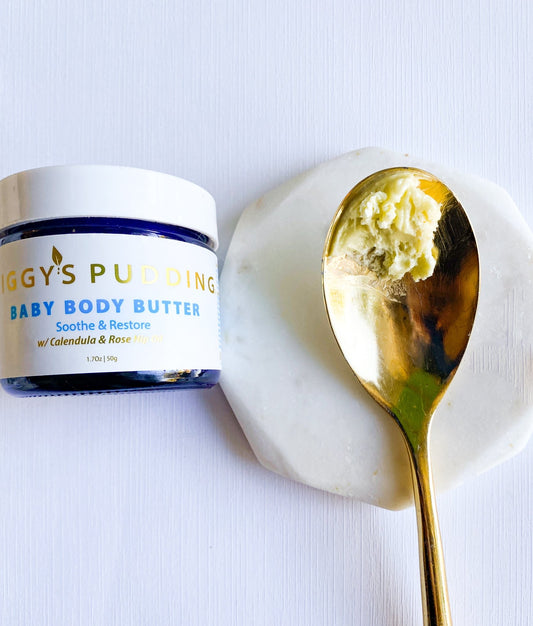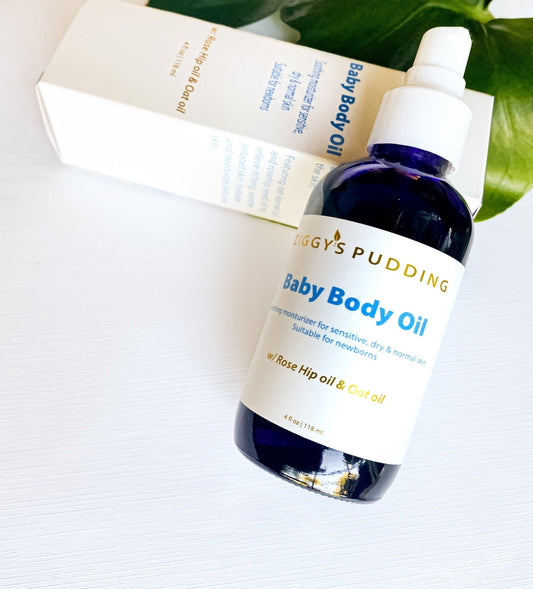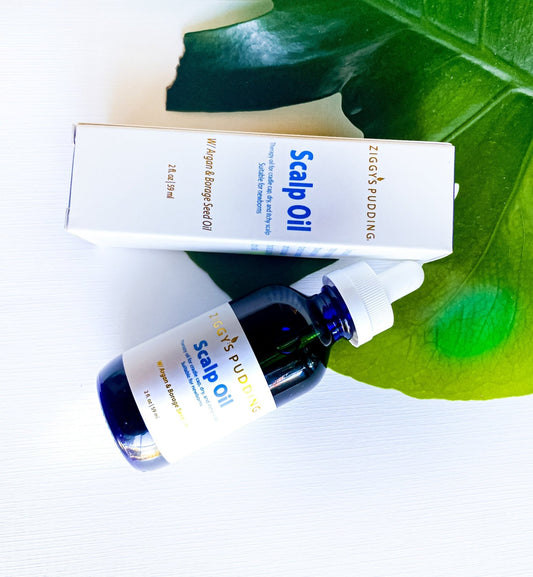A lot of us are looking forward to winter. We can watch our kids build snowmen, have snow ball fights, and enjoy snuggling with some hot chocolate. Not to mention are the winter holidays.
But is your skin ready for winter?
Getting your skin ready for winter is essential to having healthy skin throughout the winter. Winter is the season we experience the most skin irritation on our skin like eczema flare ups, dry cracked skin, winter burns and more. Winter is the harshest season on our skin because:
- It’s cold
- It’s dry
- Less sunlight/ daylight
- Our overall immune system is challenged
- We are more sedentary
How do these factors make winter harsh on our skin? Let’s explore...
Cold weather, just like hot weather, can dry out your skin by stripping the skin of its natural oils, leaving it with the potential to crack.
It's Dry:
In the winter, the air is a lot less humid, and as a result of the decreased humidity in the air, there’s less moisture for your skin to absorb and maintain its moisture levels. Due to this dry, cold weather, we experience increased transepidermal water loss, which can leave our skin dry, cracked and with an impaired skin barrier.
Less sunlight/ daylight:
Did you know your skin needs vitamin D for its essential functions? When we are exposed to sunlight, the UV rays are then converted to vitamin D in our bodies. Numerous functions of our skin such as the formation of the skin barrier, and promoting our skin's immune system are regulated by vitamin D. Winter poses a problem because, not only is there less daylight, therefore, sunlight, the available sunlight does not readily absorb into our skin. When we don’t get this sunlight touching our skin, our bodies can’t create vitamin D. That’s why most vitamin D deficiencies happen in the winter and especially in northern climates.
We’ll do a deeper dive into vitamin D and skin care at a later date.
Challenged immune sysrem:
Winter brings a host of diseases, such as colds and varieties of the flu, which challenge our immune systems. With our immune system focused on fighting the flu, colds, and other diseases, we have fewer resources available to maintain healthy skin. Our bodies are frequently inflamed in the winter, and this can also lead to inflammatory conditions of the skin.
Sedentary lifestyle:
Let’s face it, it’s winter, and it’s cold… we are not interested in keeping up with a physical activity routine. We don’t want to go for walks or run in the cold. We’d rather snuggle up with something warm and someone warm and chill. As we naturally move into becoming more sedentary in the winter, we decrease the blood flow to our skin and have a more stagnant lymphatic system. These factors make our skin look dull, ashen, pale, and feel dry.
Now that we know what our skin is up against in the winter, Here are the three ways to prepare your skin for the winter.

- Check your diet
- Stay active
- Moisturize your skin
Diet:
Are you eating highly inflammatory foods and drinking dehydrating drinks? Fried foods and highly processed foods can make you more inflamed, leading to dry and irritated skin. Also, those warm caffeinated drinks like coffee, hot chocolate, or caffeinated teas, can lead to increased dehydration which can present as dry, wrinkled skin.
Solution: stick to whole, minimally processed foods like whole grains, fruits, and vegetables.
Drink more water; try electrolyte-rich drinks like coconut water, and eat juicy fruits to stay hydrated.
Another tip is to drink room-temperature water, it’s easier on your body.
Consider taking a vitamin D supplement after checking your labs and consulting with your primary care provider of course.
This is also a perfect time to look for any dietary triggers that may be causing any eczema rashes and work on eliminating them.
Staying active:
As mentioned above, winter means less movement, which equals less blood flow throughout our body and skin.
Solution: stay active... not only does physical activity increase our blood flow, it also improves our cardiovascular health and lymphatic health.
Remember, our lymphatic system unlike our cardiovascular system doesn’t have a pump, so if we don’t stay active, the lymphatic system stays stagnant.
When we have good blood flow, our skin looks plump, bright and vibrant, so keep moving and stay active.
Moisturize:
Lastly, you must moisturize your skin. Because we wear long-sleeved shirts, and long pants a lot in the winter, we don’t prioritize moisturizing our entire body.
Most of our moisturizing efforts land only on our face. With the potential for dry, cracked skin, we have to stay on top of our skin’s moisture, especially in the winter.
In the winter, for example, I moisturize my children twice a day, and before exposure to the harsh cold air.
Moisturizing once daily, can be very effective, if you have the right moisturizer.
A quick tip: use an oil-based moisturizer. Like this one: Baby body butter
In conclusion
Winter is a harsh season, especially for our skin. It’s the outermost layer and gets exposed constantly to all sorts of chemicals, toxins, and harsh, cold weather. Keep in mind that skincare is important at all times, especially in the winter. We want to be aware of the factors that can impact our skin and be sure to stay on top of our skincare. Having a moisture-rich skincare routine, staying physically active, making healthy dietary choices, and filling in the gaps in our diet with supervised supplementation can be beneficial for our skin and body as a whole.
Read next:
What is transepidermal water loss





